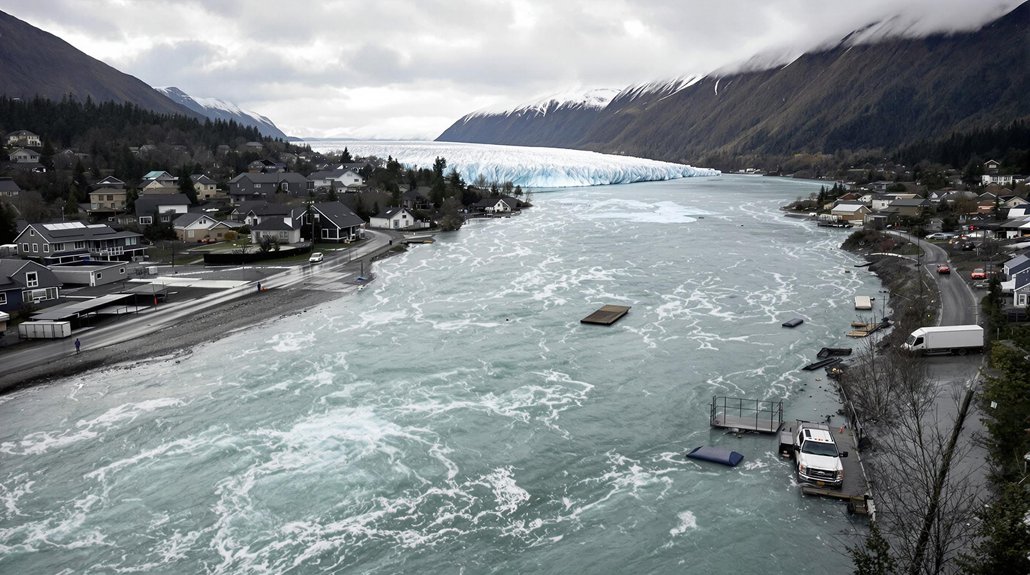While most Americans worry about hurricanes making landfall or tornadoes tearing through towns, the real killer is already here—and it’s getting worse. Heat killed 2,325 Americans in 2023. That’s more than all those dramatic weather disasters combined. And this summer? NOAA says buckle up.
Heat killed 2,325 Americans in 2023—more than hurricanes and tornadoes combined.
Every single state will sweat through above-average temperatures in 2025. No escape, not even Alaska. The West, Southwest, Gulf Coast, Florida, and Northeast face extended heat waves that’ll test everything from power grids to patience. Southern California, Arizona, Nevada—these places already know brutal heat. But now the Northeast gets to join the party, and spoiler alert: they’re not ready.
Here’s what’s messed up. Nearly a quarter of Americans can’t handle extreme heat safely. The elderly, kids, outdoor workers, people without AC—they’re sitting ducks. Cities trap heat like ovens, making bad situations worse. In fact, 97% of cities analyzed show summers have warmed by an average of 2.6°F since 1970. Emergency rooms will overflow. Power grids will crash trying to keep everyone cool. Infrastructure wasn’t built for this.
The economics are brutal too. Extreme heat sucked $162 billion from the economy in 2024. That’s almost 1% of GDP gone, poof. Crops wither. Workers can’t work. Roads buckle. The whole system strains under temperatures it wasn’t designed for.
Climate change made this mess. Since 1970, extremely hot days increased in 88% of major cities. Heat waves last longer, hit harder, and don’t even cool down at night anymore. The baseline keeps creeping up, turning what used to be extreme into the new normal. Phoenix and Las Vegas could see temperatures soar past 115°F, while cities like Boston face unprecedented strings of 90-degree days.
Politicians are scrambling. They want a National Heat Executive Council, a Heat Coordinator in the White House, more cooling centers. Good luck with that. Communities need real solutions now, not bureaucracy.
The most vulnerable Americans face a deadly summer while everyone else debates policy. A third of the country can’t safely work or play when it gets this hot. Urban heat islands turn neighborhoods into furnaces. As temperatures rise, renewable energy adoption becomes increasingly critical for reducing the very emissions driving this dangerous warming cycle.
And 2025? It’s shaping up to be one of the most dangerous summers in decades. The deadliest weather threat isn’t dramatic. It’s just hot. Really, really hot.
References
- https://www.climatecentral.org/climate-matters/2025-summer-package
- https://economictimes.com/news/international/global-trends/heat-alert-in-us-summer-2025-forecast-for-america-is-out-and-is-worrisome-check-which-cities-will-bear-the-maximum-brunt/articleshow/121622428.cms
- https://timesofindia.indiatimes.com/world/us/us-heat-alert-why-summer-2025-could-be-the-most-dangerous-in-decades-according-to-noaa/articleshow/121579586.cms
- https://www.climatecentral.org/climate-matters/extremely-hot-summer-days-2025
- https://fas.org/publication/2025-heat-policy-agenda/








